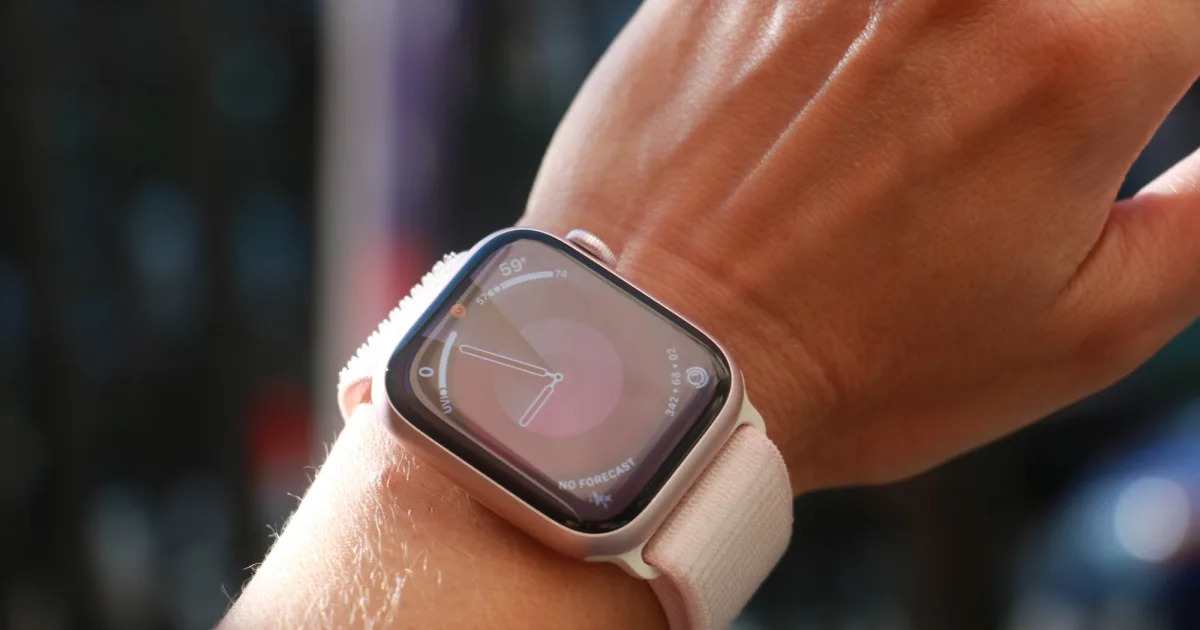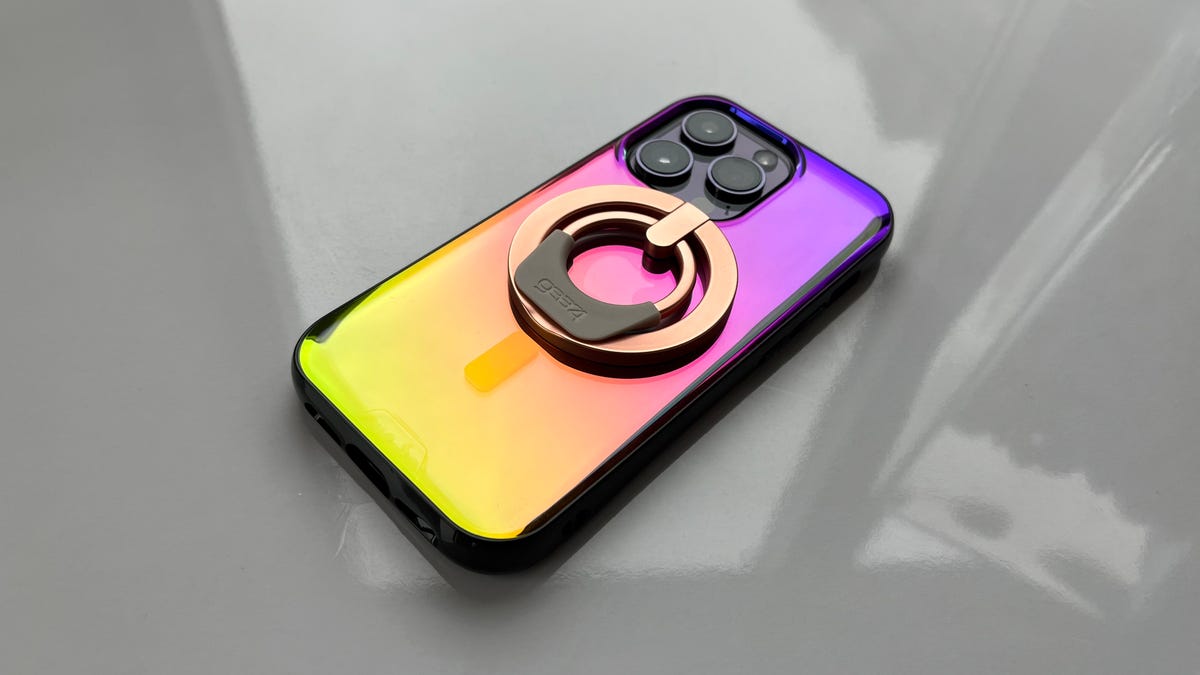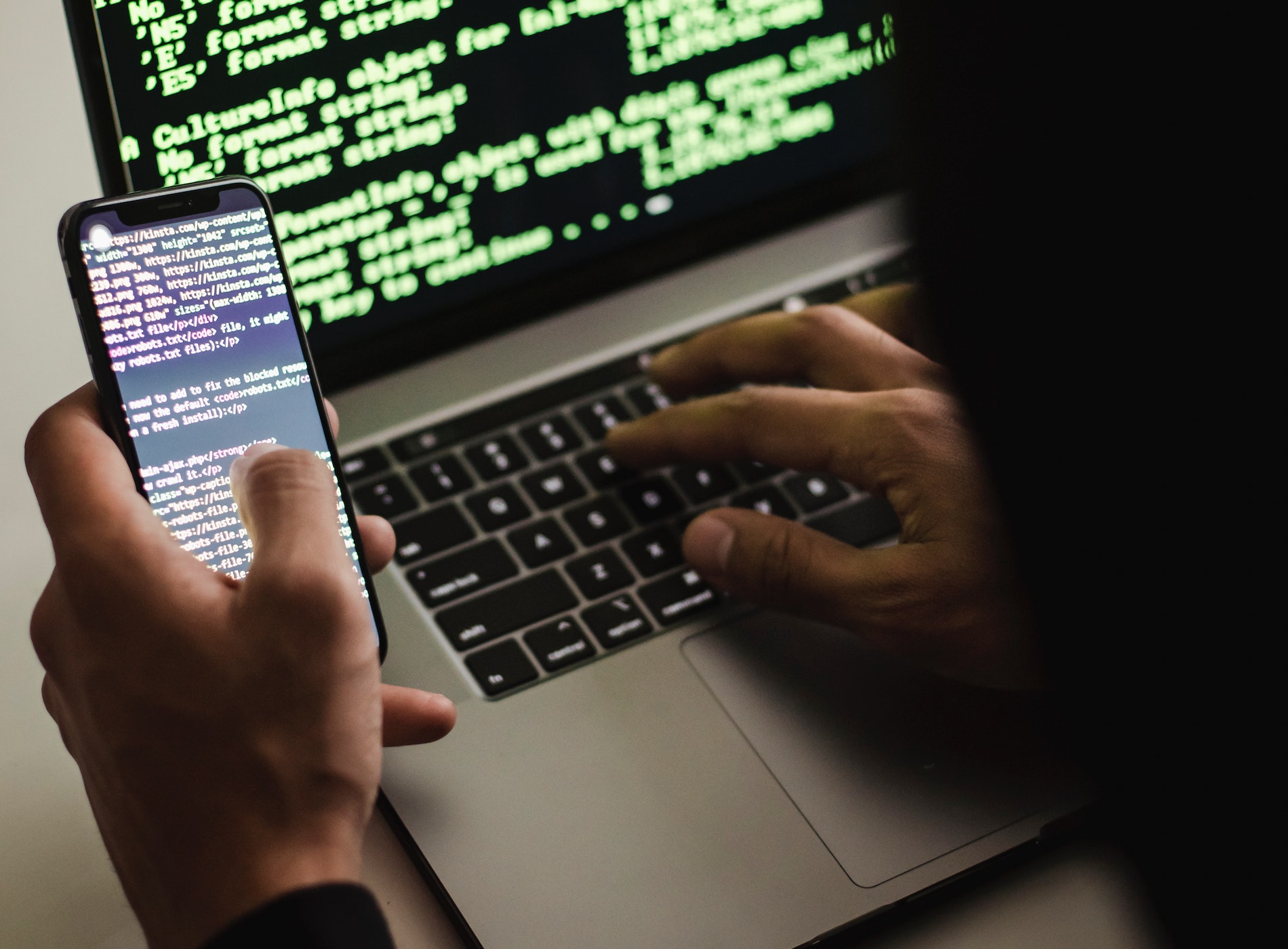OpenAI’s Dall-E 3 Art Generator with ChatGPT Power
OpenAI's Dall-E 3 Art Generator with ChatGPT Power
OpenAI’s Dall-E 3: The Latest Breakthrough in AI Art
Image Source: Wired
OpenAI has once again revolutionized the world of AI art with the introduction of Dall-E 3, their latest AI art tool. What sets this tool apart is its innovative use of OpenAI’s popular chatbot, ChatGPT, to enhance and refine generated artwork. By expanding on a prompt and providing more detailed and coherent instructions, Dall-E 3 produces complex and carefully composed works of art with ease.
Dall-E 3 simplifies the process of refining text prompts, also known as “prompt engineering,” by allowing users to make refinements through the conversational interface of ChatGPT. This approach not only lowers the barrier for generating sophisticated AI artwork but also sets OpenAI ahead of its competition, thanks to the superior abilities of their chatbot.
A Step Forward for Generative AI Art
The resulting AI-generated artwork, such as the image of the potato king, demonstrates the artistic potential of Dall-E 3. While quirky AI-generated art has become common on social media, this particular piece stands out due to the significant artistic assistance provided by ChatGPT. By transforming a short prompt into a more detailed one, ChatGPT guides the composition process, ensuring the artwork is visually appealing and well-constructed.
Dall-E, a combination of the Pixar character Wall-E and artist Salvador Dalí, was unveiled in 2021 and officially launched in 2022. Its algorithm is trained on vast amounts of labeled images sourced from the web, enabling it to predict how to render an image based on a given prompt. With Dall-E 3, however, the interaction between humans and machines takes on a new dimension.
ChatGPT’s Contribution to Coherence and Sophistication
Another image rendered by Dall-E 3 showcases the coherence and sophistication that ChatGPT brings to the creative process. Typically, creating such imagery would require extensive prompt engineering, with users trying increasingly complex prompts to achieve the desired outcome. With Dall-E 3, ChatGPT takes on the role of crafting a more sophisticated prompt, streamlining the workflow significantly.
One impressive example of Dall-E 3’s capabilities is the creation of an image in response to the prompt: “An illustration of a human heart made of translucent glass, standing on a pedestal amid a stormy sea. Rays of sunlight pierce the clouds, illuminating the heart, revealing a tiny universe within. The quote ‘Find the universe within you’ is etched in bold letters across the horizon.” The resulting image is a stunning representation of the prompt, showcasing the artistic potential of the AI.
Interacting with ChatGPT: Like Talking to a Coworker
Dall-E 3 not only generates impressive artwork but also enables users to refine their creations through ChatGPT. The conversational interaction allows users to make adjustments as if they were collaborating with a real artist. Aditya Ramesh, lead researcher and head of the Dall-E team, assures users that the hassle of lengthy prompts is eliminated, stating, “You won’t really have to worry about fussing around with really long prompts.” With Dall-E 3, the process becomes as simple as conversing with a coworker.
Gabriel Goh, lead researcher on the Dall-E team, demonstrated this exciting feature by asking Dall-E 3 to create several promotional posters for an imaginary noodle restaurant. Users can now explore different options and then instruct Dall-E 3, through ChatGPT, to transform a selected poster into an illustration for a restaurant sign.
Addressing Concerns and Empowering Artists
While the emergence of AI art generators has brought about excitement, concerns have also arisen over the future of human artists and the use of copyrighted material in training AI algorithms. OpenAI acknowledges these issues and takes steps to address them.
OpenAI intends to launch a system that allows artists to have their works removed from future training runs, respecting their intellectual property rights. Additionally, Dall-E 3 detects attempts to generate art in the style of well-known artists, preventing potential copyright infringement.
To ensure responsible use, OpenAI has implemented robust safeguards. Dall-E 3 blocks the generation of pornographic or graphically violent art, as well as images featuring public figures. Sandhini Agarwal, a policy researcher at OpenAI, emphasizes the strict measures in place to maintain ethical boundaries. While some open-source image generators lack such restrictions, OpenAI remains committed to upholding responsible AI practices.
Surreal Imagery Takes Over Social Media
The advent of AI-generated art has inundated social media platforms with surreal and captivating imagery. Dall-E 3, aided by ChatGPT, produces mind-bending visuals that captivate audiences. An intriguing example is an image created using the prompt: “A vast landscape made entirely of various meats spreads out before the viewer. Tender, succulent hills of roast beef, chicken drumstick trees, bacon rivers, and ham boulders create a surreal, yet appetizing scene. The sky is adorned with a pepperoni sun and salami clouds.”
The possibilities seem limitless as AI art continues to evolve and push boundaries, creating captivating images that blur the line between the real and the imaginary. With Dall-E 3 at the forefront, AI art enters a new era of creativity and innovation.
Disclaimer: The information contained in this article was provided based on the original content from Wired.




